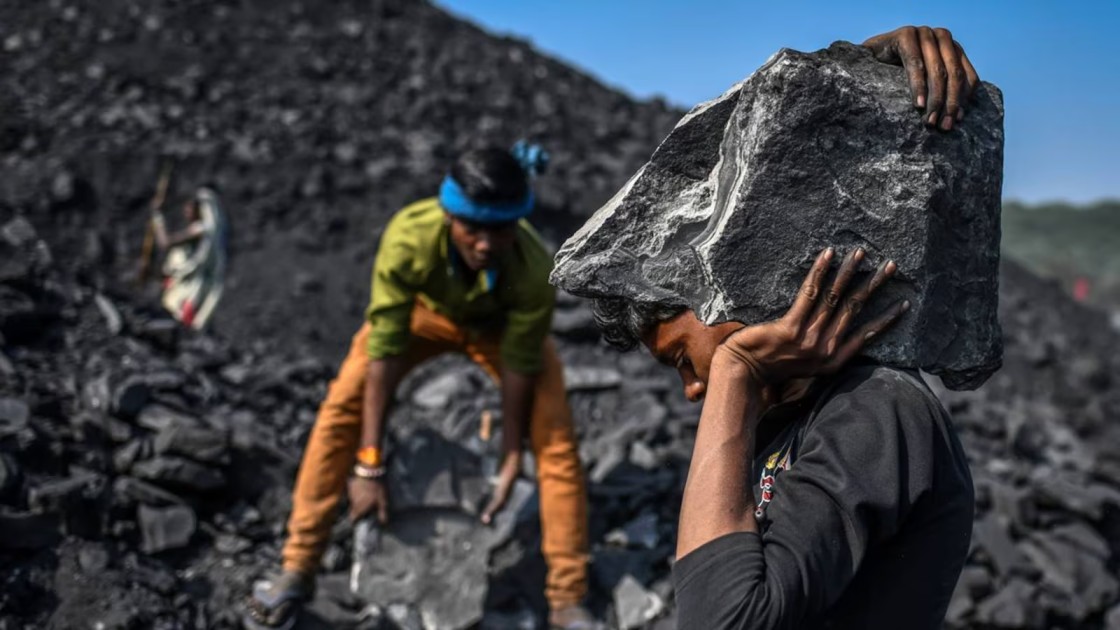India–US Trade Tensions Rise Over Steel and Auto Tariffs NMDC Limited reports a 38% drop in Q4 FY24 consolidated net profit RINL to Raise $23 Million Through Land Sales Amid Crisis

According to Debarka Chakraborty, Principal Consultant at Dastur Energy Pvt. Ltd., India needs a Carbon Capture, Utilisation and Storage (CCUS) fund to spur industrial expansion and meet the ambitious objective of finishing 100 million tonnes of coal gasification by 2030.
Chakraborty emphasised the necessity of governmental intervention, suggesting, "On the funding and financing part, I think the government probably should look at some kind of clean energy fund or CCUS Fund." He pointed out the existence of similar funds in developed economies, emphasising the need for mechanisms to support green or blue product manufacturing.
The "Carbon Capture, Utilisation and Storage (CCUS) Policy Framework and its Deployment Mechanism in India," jointly developed by NITI Aayog and MN Dastur & Company, involves key stakeholders like ministries, power companies, and industry leaders.
The report highlights CCUS's potential to convert captured CO2 into various value-added products like green urea, building materials, chemicals, polymers, and contribute to a circular economy in India. CCUS projects are expected to generate significant employment, with estimates suggesting that capturing 750 MT of carbon by 2050 could create 8-10 million full-time equivalent (FTE) jobs.
Drawing on a report by NITI Aayog, Chakraborty reiterated that a CCUS fund could particularly benefit industries producing green or blue products. He proposed an allocation strategy based on the production of sellable products, encouraging industries to invest in green technologies and processes. Chakraborty also highlighted the importance of flexible pricing and funding structures, allowing for tailored approaches to accommodate different sectors.
Chakraborty addressed India's goal of reaching 100 MT of coal gasification by 2030, acknowledging the challenges but expressing optimism, stating," At the minimum, we should be able to gasify 15-20 MT, with an upper limit of 40 to 50 MT." He emphasised the long process from feasibility studies to plant operation, reflecting the extensive timeline for successful gasification projects, which can span three to four years.
Chakraborty also proposed a hub and cluster model for CCUS, stressing its economic viability through shared infrastructure. He explained, "CCUS makes sense only at economies of scale," advocating for a collaborative approach among industries for effective CO2 capture and utilisation.
On the potential of downstream chemicals and alternative revenue for power plants, Chakraborty discussed methanol-based products and their market potential. He highlighted the significance of value-added products like acetic acid and emphasized the wide-ranging applications of methanol-derived materials.
Addressing the current situation in India's CCUS industry, Chakraborty highlighted the challenges faced by existing plants in adopting carbon capture technologies without clear utilisation pathways. He pointed to the impact of carbon pricing mechanisms like the carbon border adjustment mechanism (CBAM) in Europe, which is prompting Indian industries, particularly steel plants, to consider CCUS facilities.
Chakraborty hinted at ongoing collaborations with Indian steel companies on CCUS initiatives but refrained from disclosing specific details. The insights underscored the complex landscape of CCUS development in India, emphasizing the need for strategic funding, collaborative models, and policy support to drive sustainable industry growth.
Also Read : Coal Ministry seeks nearly 20% higher stock at power projects by June 30 Chhattisgarh govt decides to revive aluminium park project in Korba